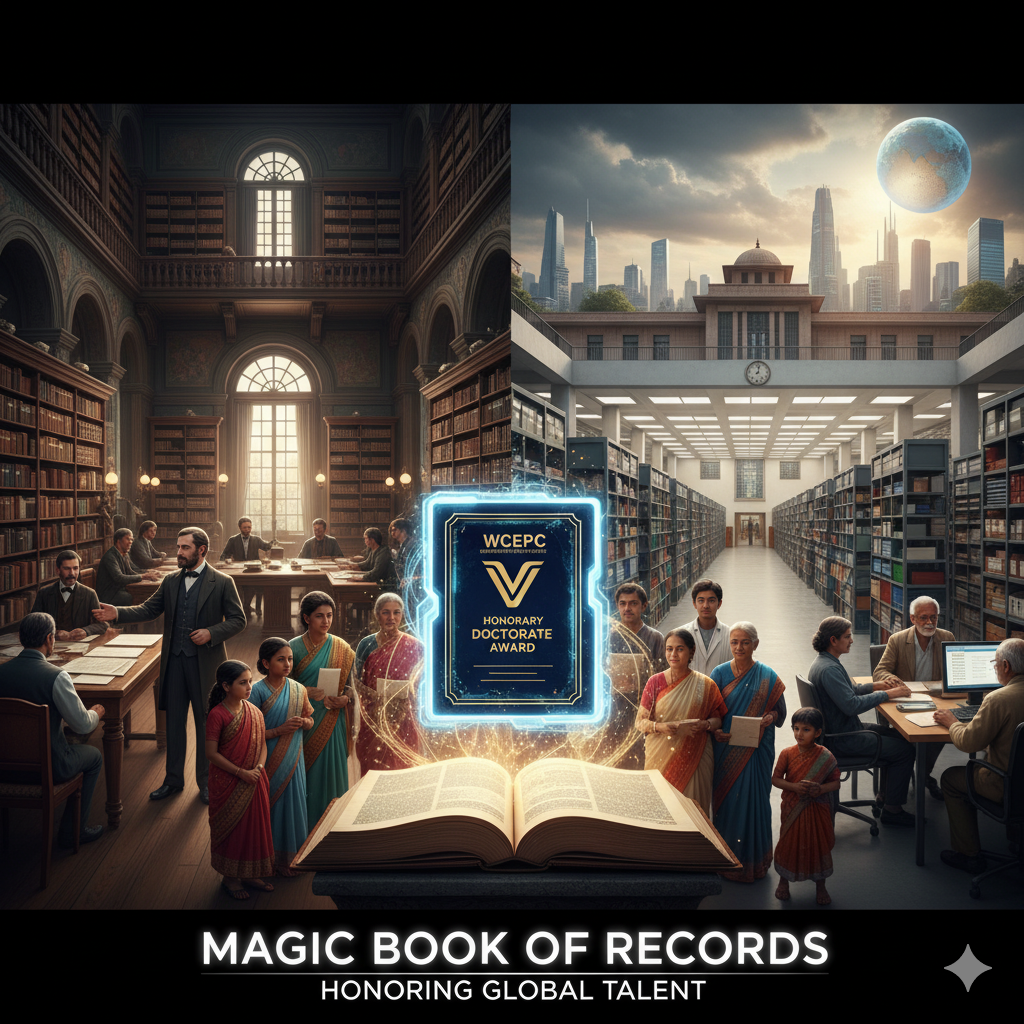
The genesis of the National Archives of India may be traced back to the year 1860 when Sandeman, the Civil Auditor, in his report stressed the need of relieving the offices of congestion by destruction of the papers of routine nature and transfer of all valuable records to a ‘Grand Central Archive’.


